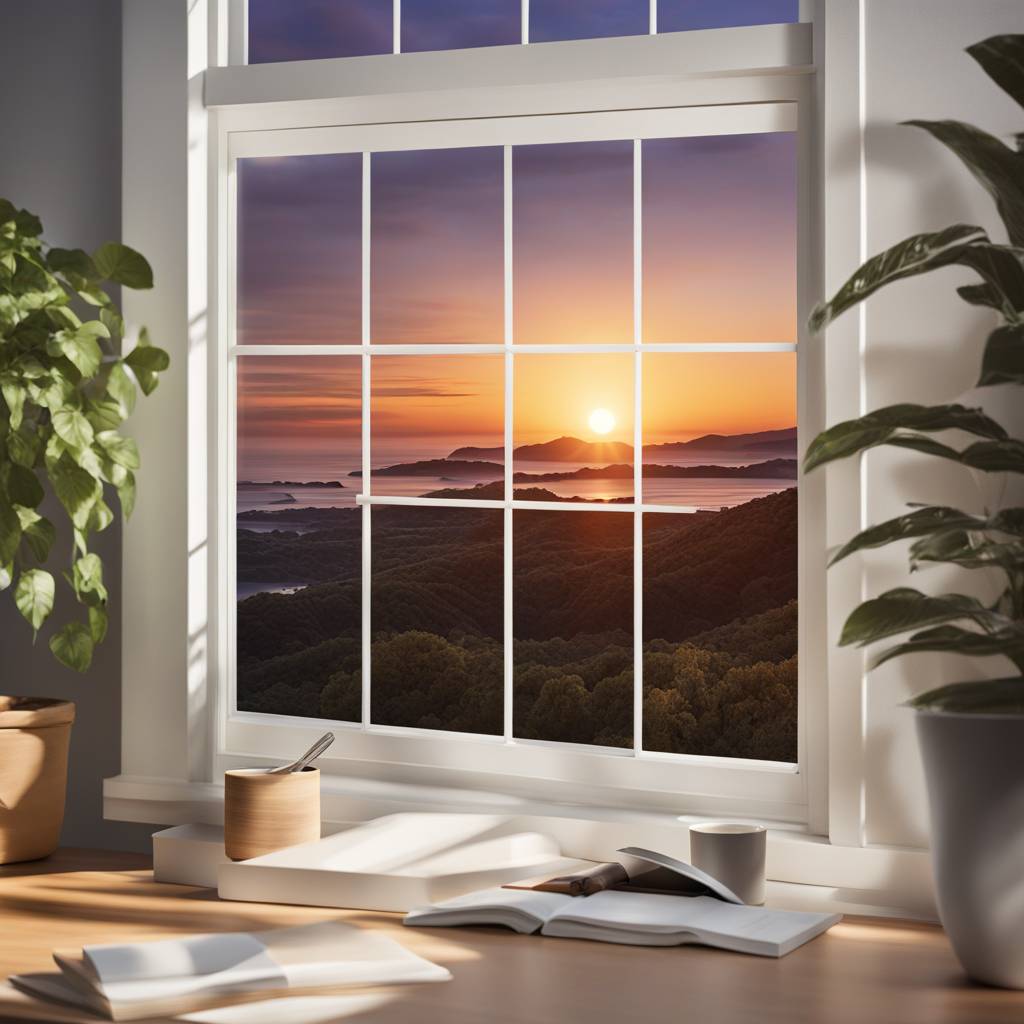Windows are essential for allowing light into interior spaces, but they can also bring in unwanted heat. A new window coating has been developed that blocks heat-generating ultraviolet and infrared light while letting through visible light, regardless of the sun’s angle. This coating can be applied to existing windows and automobiles, and it has the potential to reduce air-conditioning cooling costs by more than one-third in hot climates. The lead researcher, Tengfei Luo, emphasizes that the coating maintains functionality and efficiency regardless of the position of the sun in the sky.
Many window coatings currently in use are optimized for light that enters a room at a 90-degree angle. However, at noon, when the sun’s rays are most intense, the light enters through vertically installed windows at oblique angles. Luo and his team previously developed a transparent window coating by stacking ultra-thin layers of silica, alumina, and titanium oxide on a glass base. They added a silicon polymer to enhance the coating’s cooling power by reflecting thermal radiation through the atmospheric window and into outer space. The optimization of the layer order was necessary to accommodate multiple angles of solar light, and the team used quantum computing, specifically quantum annealing, to find the optimal configuration.
Through their quantum computing approach, the researchers were able to shuffle the layers into an optimal configuration that maximized the transmission of visible light while minimizing the passage of heat-producing wavelengths. This resulted in a coating that reduced temperature by 5.4 to 7.2 degrees Celsius in a model room, even when light was transmitted in a broad range of angles. The coating remains clear and effective even when tilted at different angles, much like polarized sunglasses. The results of their study were published in Cell Reports Physical Science, showcasing the potential of this innovative window coating technology.
The team’s active learning and quantum computing scheme has the potential to be applied in the design of various materials with complex properties. This new technology could revolutionize the way windows and other materials are coated to improve energy efficiency and reduce cooling costs in hot climates. The ability to maintain transparency while blocking heat-producing wavelengths at multiple angles of solar light is a significant advancement in the field of window coatings and energy-efficient building materials. With further research and development, this coating technology could have widespread applications in various industries.


